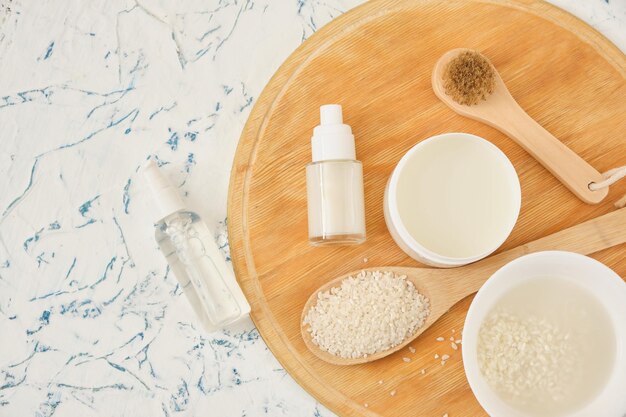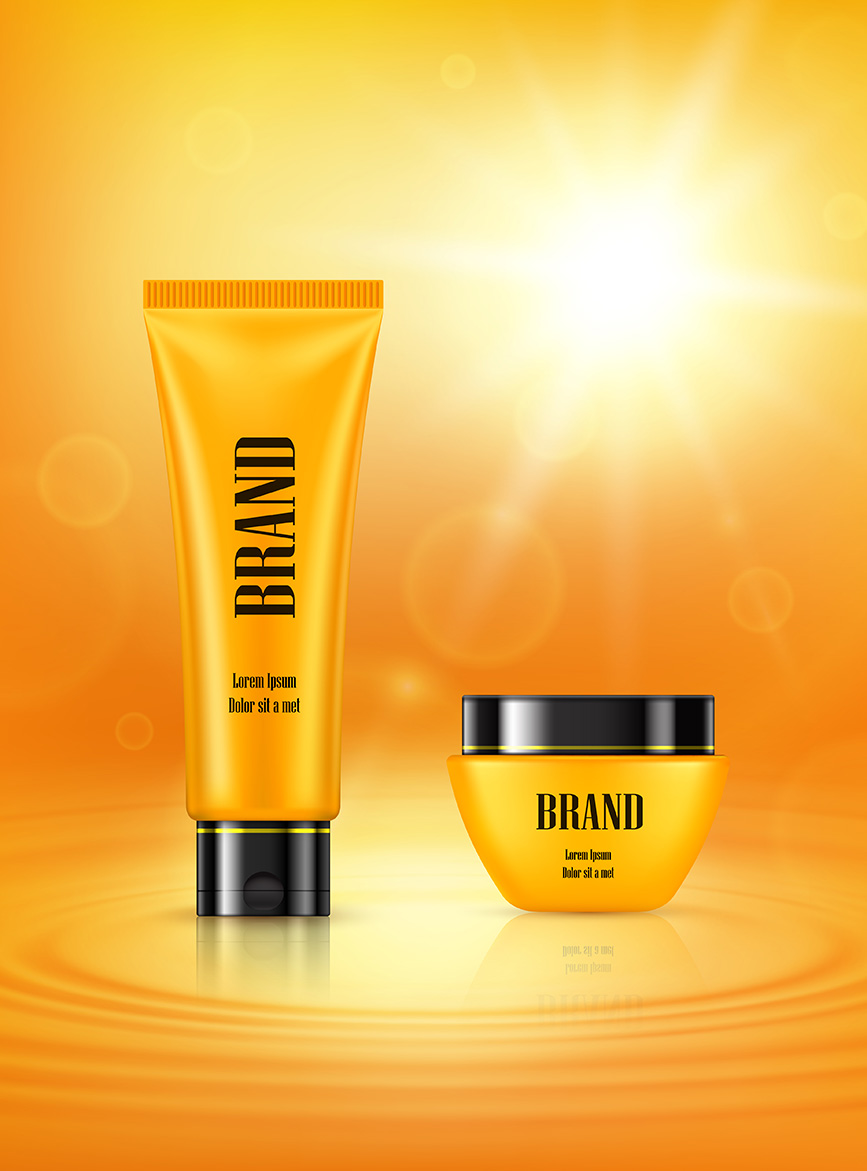Master the Beginner Korean Skincare Routine: Steps for Glowing Skin
Embarking on a Korean skincare routine can be a game-changer for achieving a radiant complexion. This approach to skincare is celebrated for its meticulous attention to detail and luxurious steps, each designed to nourish and pamper the skin. Whether you’re a newcomer eager to explore the beginner Korean skincare routine or a seasoned enthusiast looking to refine your regimen, this guide offers insights into the essential Korean skincare routine steps. From selecting the right products for oily, dry, or sensitive skin to understanding the nuances of a Korean skincare routine day and night, you’ll find valuable tips that can be easily applied in the comfort of your home. Let’s explore how the 10-step Korean skincare routine can transform your daily rituals and enhance your skin’s natural glow.## Essential Korean Skincare Steps
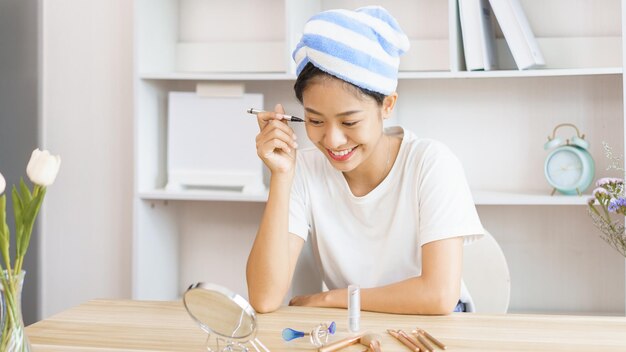
The foundation of a beginner Korean skincare routine lies in understanding and implementing key steps. Let’s explore the core elements that form the basis of this renowned skincare approach.
Cleansing for Glowing Skin
Cleansing is the first and most crucial step in any Korean skincare routine. It sets the stage for the products that follow and helps achieve that coveted glow.
The double cleansing method is a hallmark of Korean skincare. Start with an oil-based cleanser to remove makeup and sunscreen, followed by a water-based cleanser to wash away remaining impurities.
For oily skin, look for foam cleansers that control excess sebum. Those with dry skin should opt for cream or milk cleansers that clean without stripping natural oils.
Gentle massage techniques during cleansing can boost circulation and promote a healthy glow. Remember to use lukewarm water, as hot water can damage the skin’s protective barrier.
Importance of Toning
Toning is often overlooked but plays a vital role in balancing the skin’s pH and preparing it for subsequent skincare steps.
Korean toners, often called “skin” or “softeners,” are typically more hydrating than Western astringents. They help to remove any remaining impurities and provide a first layer of hydration.
Look for toners with ingredients like hyaluronic acid for hydration, or centella asiatica for soothing properties. Apply toner with clean hands or a cotton pad, gently patting it into the skin.
For extra hydration, try the “7 skin method” – applying thin layers of toner up to seven times. This technique can significantly boost skin’s moisture levels.
Hydration and Moisturizing
Hydration is a cornerstone of Korean skincare, with an emphasis on layering products for maximum moisture retention.
Start with lightweight, water-based products like essences and serums. These penetrate deeply into the skin, delivering active ingredients and hydration where it’s needed most.
Follow with a moisturizer appropriate for your skin type. Gel moisturizers work well for oily skin, while cream formulations benefit dry skin types.
Don’t forget about eye cream – the delicate eye area needs special attention. Gently pat a small amount around the eyes to hydrate and protect this sensitive zone.
Tailoring Your Routine at Home
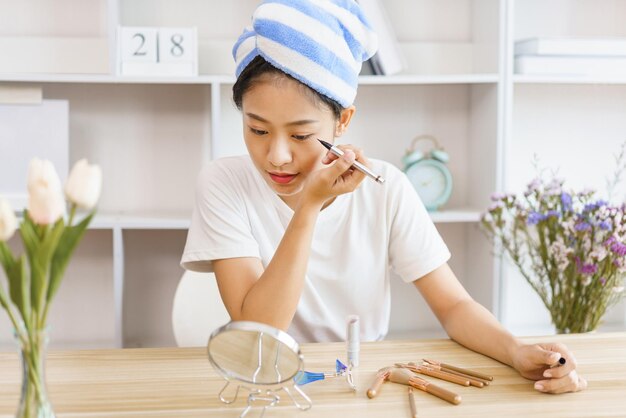
Creating an effective Korean skincare routine at home involves understanding your skin’s unique needs and adapting your approach accordingly.
Adapting for Skin Types
Customizing your Korean skincare routine for your specific skin type is key to achieving optimal results.
For oily skin, focus on lightweight, non-comedogenic products. Look for ingredients like salicylic acid or tea tree oil to help control excess sebum and prevent breakouts.
Dry skin types should prioritize rich, nourishing formulas. Seek out products with ceramides, hyaluronic acid, and plant oils to replenish and lock in moisture.
Those with sensitive skin should opt for gentle, fragrance-free products. Ingredients like centella asiatica and aloe vera can help soothe and calm irritated skin.
Combination skin may require a mix-and-match approach, using different products on different areas of the face to address varied concerns.
Day vs. Night Routine Differences
Understanding the distinctions between day and night skincare routines can enhance the effectiveness of your regimen.
Daytime routines focus on protection. After cleansing and toning, apply antioxidant-rich serums to shield skin from environmental stressors. Always finish with a broad-spectrum sunscreen.
Nighttime is for repair and renewal. This is when you can incorporate more intensive treatments like chemical exfoliants or retinol. Night creams tend to be richer to support skin’s natural regeneration process.
Adjust your routine based on seasonal changes and your skin’s evolving needs. What works in summer may not be suitable for winter, so be prepared to make tweaks as necessary.
Home Remedies for Radiance
Incorporating simple home remedies can complement your Korean skincare routine and boost your skin’s natural radiance.
Green tea ice cubes can help reduce puffiness and soothe irritated skin. Simply freeze brewed green tea in an ice tray and gently glide a cube over your face in the morning.
DIY sheet masks using natural ingredients like honey, avocado, or cucumber can provide a hydration boost. Apply the mixture to a clean cotton sheet and leave on for 15-20 minutes.
Rice water, a staple in Korean beauty, can be used as a gentle toner. Rinse rice and save the water, then apply it to your face with a cotton pad for brightening and soothing effects.
Remember to patch test any home remedies before full application to ensure your skin doesn’t react negatively.
Building a Personalized 10-Step Routine
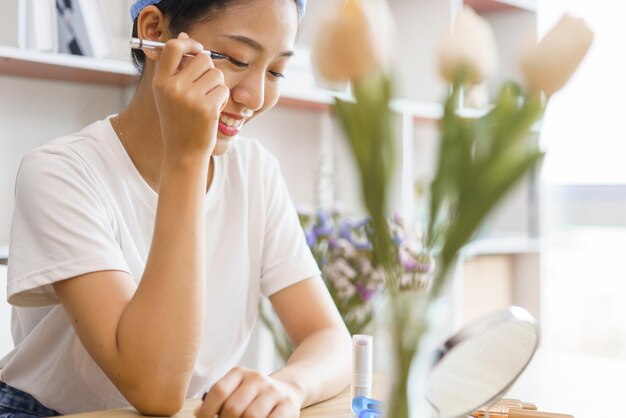
The iconic 10-step Korean skincare routine can be customized to suit your needs. Let’s break down how to create a comprehensive regimen that works for you.
Must-Have Products for Beginners
Starting a Korean skincare routine doesn’t have to be overwhelming. Focus on these essential products to build a solid foundation.
-
Oil-based cleanser
-
Water-based cleanser
-
Toner
-
Essence
-
Serum or ampoule
These five steps form the core of most Korean skincare routines. As you become more comfortable, gradually introduce additional steps like exfoliants, sheet masks, and eye creams.
Choose products with gentle, hydrating formulas to start. Look for ingredients like hyaluronic acid, niacinamide, and centella asiatica, which suit most skin types.
Remember, consistency is key. It’s better to stick to a simple routine than to overwhelm your skin with too many new products at once.
Tips for Acne-Prone Skin
Managing acne-prone skin requires a balanced approach that addresses breakouts without over-drying or irritating the skin.
Look for products containing salicylic acid or tea tree oil, which can help control excess oil and fight acne-causing bacteria. Gentle chemical exfoliants like BHAs can also be beneficial.
Avoid heavy, occlusive products that might clog pores. Instead, opt for lightweight, water-based moisturizers and serums to keep skin hydrated without exacerbating breakouts.
Don’t skip sunscreen, even if you’re prone to acne. Choose a non-comedogenic, broad-spectrum formula to protect your skin without causing congestion.
Be patient and gentle with your skin. Overtreatment can lead to irritation and more breakouts. Introduce new products slowly and give them time to work.
Engaging with Skincare Communities
Connecting with fellow skincare enthusiasts can provide valuable insights and support as you navigate your Korean skincare journey.
Online forums like Reddit’s r/AsianBeauty offer a wealth of information, product reviews, and routine advice. Engage with the community to learn from others’ experiences and share your own.
Follow reputable skincare bloggers and YouTubers who specialize in Korean beauty. They often provide in-depth product reviews and tutorials on proper application techniques.
Consider joining local meetups or workshops focused on Korean skincare. These events can be great opportunities to try new products and learn from experts in person.
Remember to approach advice critically and consider how it applies to your unique skin needs. What works for one person may not work for everyone.


